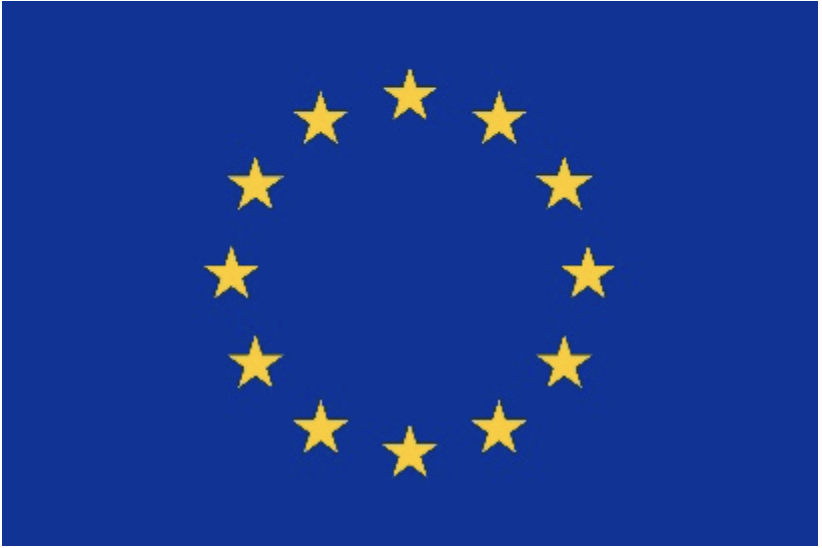SFERA-III participated in the 27th edition of SolarPACES, which take place online from September 27 to October 1, 2021. Let’s learn more about SFERA-III partners’ contributions during this event!
On this occasion, SFERA-III partners produced abstracts, papers, and presentations about the project.
All those documents are available in open access below.
IMDEA
Abstract
Heliostat Drift Correction by Parametrized Analysis
Authors Alejandro Martinez Hernandez, Ricardo Conceição, Manuel Romero and José Gonzalez-Aguilar
Introduction Drift, a time-dependent pointing error, is a critical factor in concentrated solar tower plants, severely affecting performance. This research consists on optical analysis of tilt-roll heliostats’ drift considering geometrical parameters associated with their mechanical structure. Experimental drift of several heliostats on the very-high concentration solar tower (VHCST) in IMDEA Energy, Móstoles, Spain (40.3393 N, 3.8804 W) was evaluated and analyzed. Misalignments associated with geometrical parameters previously mentioned were obtained. Drift was revaluated considering these parameters, enhancing pointing accuracy.
Abstract
Particle Effect in a Very-High Concentration Solar Field
Authors Ricardo Conceição, Alejandro Martinez Hernandez, Manuel Romero and José Gonzalez-Aguilar
Introduction Soiling, defined here as particle accumulation onto surfaces, has been under study, regarding solar energy conversion technologies for quite some time [1]. Even though, studies have shown soiling on CSP is more significant than on PV, due to lower acceptance angles, soiling effect has been much widely studied for PV technology. This happened due to lower PV prices and larger installed capacity. Therefore, besides the fact that soiling needs to be carefully considered for CSP, related studies are still scarce on literature and even rarer on central receiver type plants, which makes it an important and interesting research field, mainly in the region under study. Soiling effect was assessed on heliostats of the very-high concentration solar tower (VHCST) facility located in Móstoles, near Madrid, Spain. Reflectance loss was measured with a Condor reflectometer on heliostats scattered through different locations of the solar field, while three of them were set side by side with different tilt angles. Soiling rates between 0.2%/day to 0.6%/day were found between different seasons. The aim is to evaluate soiling effect in an urban environment during different seasons, in order to characterize the soiling ratio, rates and possible stow positions to reduce soiling effect on reflectance.
PSA-CIEMAT
Abstract
Degradation of Primary Mirrors under Accelerating Aging Tests
Authors Ricardo Sánchez-Moreno, Francisco Buendía-Martínez, Aránzazu Fernández-García, Johannes Wette, Florian Sutter
Introduction The degradation of materials in CSP plants is one of the most important aspects to be taken into account for the feasibility of the technology. It has been identified that one of the degradation mechanisms of weathered solar reflectors is degradation by UV radiation. However, this degradation mechanism is not well characterized because it is temperature dependent. This paper focuses on the study of this dependence.
Paper
Degradation of Primary Mirrors under Accelerating Aging Tests
Authors Ricardo Sánchez-Moreno, Francisco Buendía-Martínez, Aránzazu Fernández-García, Johannes Wette, Florian Sutter
Abstract Primary mirrors play an essential role in CST plants as their optical performance directly influences the overall efficiency of the plant as well as their durability will influence the complete lifetime of CST plants. Primary mirrors are exposed to a combination of environmental agents that provoke their degradation. The aim of this work is to study the degradation caused by UV radiation an. For this purpose, two commercial silvered-glass reflectors from two manufactures with different glass thickness have been subjected to accelerated aging tests. An additional 4-mm silvered-glass reflector with an abrasion resistant hard coating on non-solar glass was also tested. The measured degradation provoked by UV radiation showed to be temperature dependent causing enhanced degradation when both stresses acted simultaneously, just as the presence of an abrasion-resistant coating such as the one used in this work has shown to affect the behavior of reflectors.
University of Evora
Abstract
Évora Molten Salt Platform (EMSP) – Current Status and Perspectives
Authors Jana Stengler, Pedro Horta, Dorin Golovca, Paula Martins, Mirko Meyer-Grünefeldt, Raphael Detzler,
Frederico Felizardo, Diogo Canavarro, Michael Wittmann, Klaus Hennecke
Presentation
Évora Molten Salt Platform (EMSP) – Current Status and Perspectives
Authors Jana Stengler, Pedro Horta, Dorin Golovca, Paula Martins, Mirko Meyer-Grünefeldt, Raphael Detzler,
Frederico Felizardo, Diogo Canavarro, Michael Wittmann, Klaus Hennecke
Summary The construction of a molten salt test facility in Évora (Portugal) is converging to the finalization of its erection and commissioning phase. It aims at the development of applied research in molten salt driven CSP, SHIP and thermal energy storage components, systems and technologies. The EMSP is jointly managed and operated by the Renewable Energies Chair of the University of Évora and the DLR Institute of Solar Research Here, we present the projects which are currently set up at the EMSP.

This project has received funding from the European Union’s Horizon 2020 research and innovation programme under grant agreement No 823802
